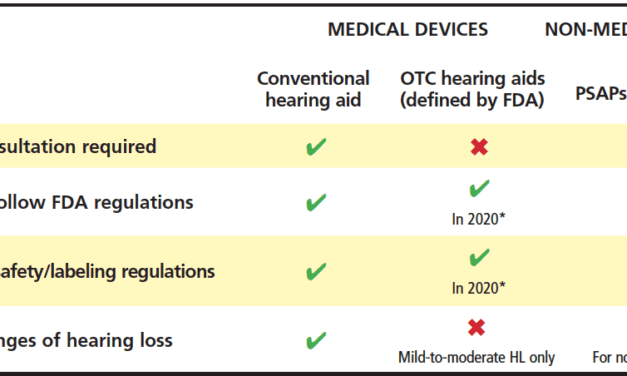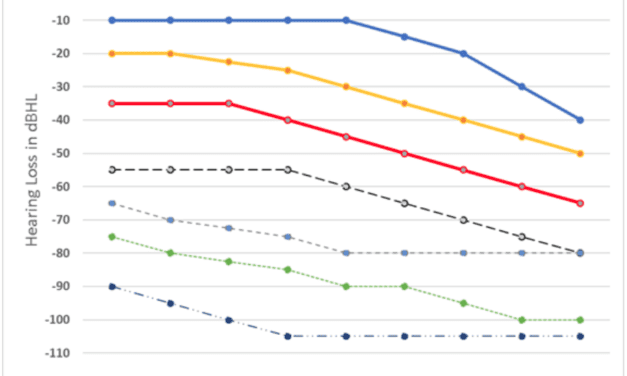Researchers Achieve ‘Breakthrough’ in Preserving Integrity of Sound Waves
This advancement allows the researchers to propagate sound waves along the boundaries of topological metamaterials without the risk of waves traveling backwards or being thwarted by material defects.
Read More












